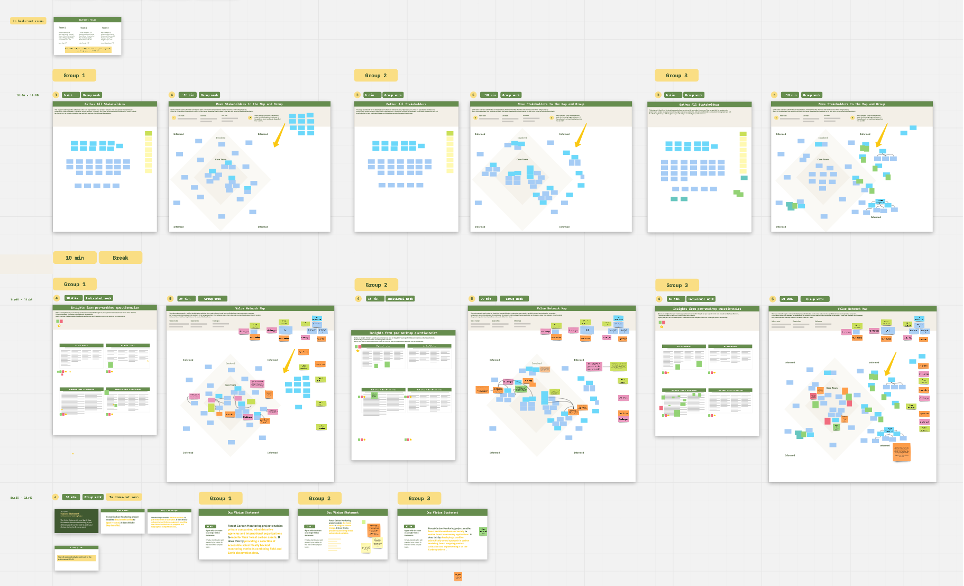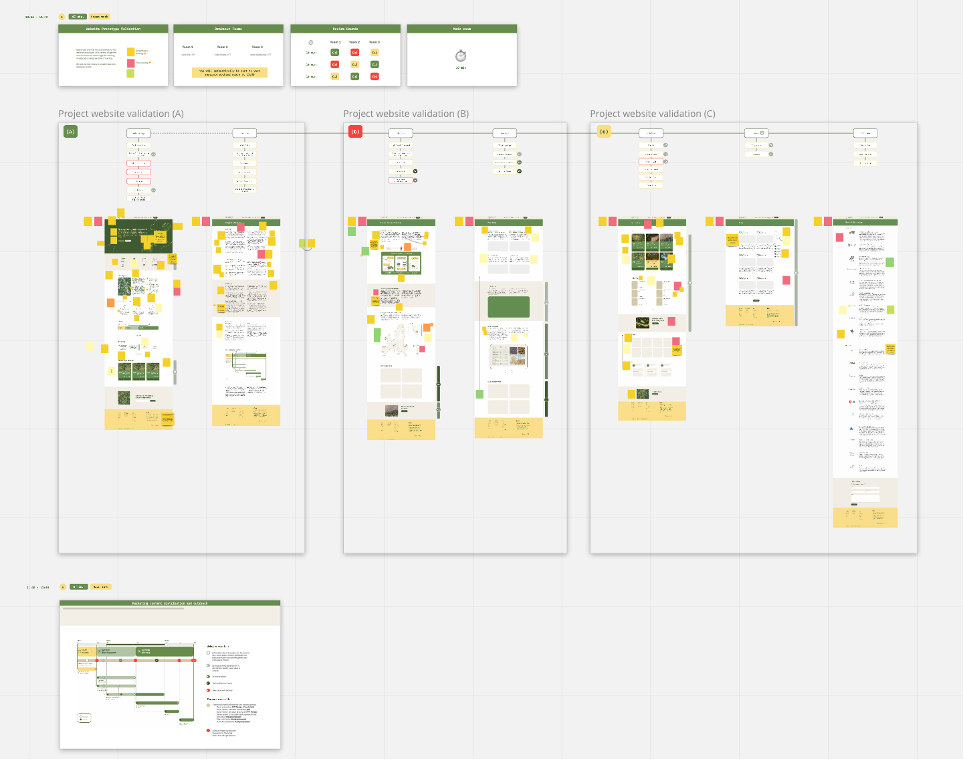Forests are the most important carbon sink or carbon pool of terrestrial ecosystems. However, the current ways to estimate forest carbon stock and changes are not well accessible on big and small, private, and public scales. Improving the accessibility will help to plan carbon management and monitoring, supporting the understanding of forests and their effects on the climate, contributing to sustainable forest management and mitigation against climate change.
With this in mind, the idea of the Forest Carbon Platform was born, an international effort to unleash the massive potential of the increased high-resolution Earth Observation (EO) data volumes and improved cloud processing capabilities for forest biomass carbon tracking and trade.
Aiming high and funded by the European Space Agency (ESA), the platform will enable accurate large-scale and small-scale carbon accounting, removing the cost and technology-based barriers that have previously prevented fact-based decision-making regarding forest carbon assessment in terrestrial ecosystems.
A multi-actor and multidisciplinary effort
The enabling factor in this initiative is the multi-actor and multidisciplinary ecosystem of organizations, willing to bring their best experts within a systemic and integrative approach to challenge the status quo and work collaboratively on ways to overcome current limitations.
VTT Design team plays a key role in bringing Service Design and System Thinking methods to support collaboration, co-creation, consensus building and decision processes, as well as the outreach of the work to others beyond the project. Every phase of the work process is integrated to a series of activities that nurture the bridging of these organizations. Aiming to achieve a shared understanding and support clarity on the ways they should proceed, always taking them closer to their vision.

Source: Vision Workshop, September 2021

Source: Website Look and Feel feedback session, September 2021

Source: Forest Carbon Monitoring website content co-creation and work outreach plan
Combining design to R&D&I activity for maximizing the positive impact
You might be thinking now… How does VTT Design support the bridging of the parties? Or how do they do it in practice?
The role of service design in the project is to propagate the story of the whole project, its vision, its value and its accomplishments to the present and potential user community and other stakeholders. During the two-year period, we are using modern human-centric service design methods to accomplish this in a compelling way.
“We start from the premises that the project wants to meet a varying user needs in forest carbon monitoring and shift economies towards carbon-neutral future, better use of lands with carbon trading, and understand the impact of forest carbon pool in terrestrial ecosystem.” – VTT Design team
Design in research in a nutshell:
– Support the development of user-centric approaches by identifying key stakeholders and their underlying needs
– Nurture collaboration and build bridges to connect different parties
– Adopt a holistic and integrative approach to make sustainable outcomes, covering feasible, viable, desirable, and ethical aspects
– Solve conflicts and support stakeholder management, balancing expectations, motivations, assumptions, common goals, and synergies
– Engage consortium members into common goals, work practices and co-creation
– Concretize opportunities real with tangible and actionable plans, and prototypes
– Articulate the value and impact of research findings on different audiences
– Detect services and new business models opportunities during research work
During this project, VTT Design is involved in six main tasks, distributed along the project timeline. The approach will help to facilitate smooth cooperation between the project’s work packages.
(1) Support a collaborative vision and outreach content creation for the project website and commons material.
(2) Engage the consortium with service and customer journeys and support ideation of the future Forest Carbon Platform. Validate the service concept purpose and refine based on customer feedback.
(3) Conduct co-creation of demo cases, and rapid prototype the core service features of the platform. Validate with end-users, refine, prototype and iterate on user requirements documentation.
(4) Further co-create with end-users in the vision of the platform, build a backlog of future requirements
(5) Drive collaboration to determine a roadmap for future development options
(6) Constantly update the project website and support work dissemination

Source: Forest Carbon Monitoring Project timeline
Environmental, economic, and social impact at a global scale
The VTT Design team together with the consortium means to assist and promote carbon accounting and influence major environmental, economic, and social decisions worldwide.
The partners in this international effort have a common vision to build a single platform broadly accessible to everyone. Members of the consortium, user partners, and ESA, hope that in the future the platform will enable quantifying carbon with comparable results worldwide. Furthermore, it will help policymakers shape better decisions based on more accurate data and support policy implementation on national and international levels, improving reporting and verification capabilities.
We recognise that monitoring carbon fluxes on a large scale is a prerequisite to creating a viable carbon market for smallholders and large estates alike. Hence, companies require means to respond to increasing carbon monitoring requirements, and tools to assess carbon resources and carbon trading.
Want to know more about what VTT Design and Forest Carbon Monitoring consortium is cooking right now? Do not hesitate to reach out.
#ServiceDesign #DesignInResearch #ConsensusBuilding #EcosystemStrategy #CarbonMonitoring #VTTDesign #VTT #ForestCarbonPlatform
Related posts

FCM information package now available!
With all the challenges that the world is facing nowadays, it is increasingly important that science is closely integrated into our thinking and our everyday lives to support the choices we make. To highlight the significant role of science in society and the need to engage the wider public in […]

Why are field measurements so important?
While waiting for our Colombian field crews to finish their work in the jungle, we would like to highlight why these kinds of field measurement campaigns are so important. Nowadays, with the increasing need for information on forest biomass to meet compliance and voluntary reporting requirements, many people look into […]

It’s time to step into the Colombian Amazon forest!
Perhaps one of the most exciting demonstrations to be conducted during the FCM continuation is the Colombian use case. The overall aim is to highlight the feasibility of the FCM methods to meet the requirements of the new Verra Verified Carbon Standard (VCS) for REDD+ projects.
